Custom Builds
Why build a pipe organ?
A traditional pipe organ is desirable for its versatility, magnificent architectural features, pure and vast array of sounds in contrast to the digital sounds of other modern instruments. A custom built organ makes the best use of the unique acoustics in your church buildings and architecture.
Some churches may choose to purchase an existing organ from a different church and modify it to suit the new buildings acoustics. This can be effective in certain cases where the instrument itself is of great historic and musical value. Otherwise the church may find out possibly a little too late that the recycled pipe organ does not complement the new building’s space fully.
A well built custom organ has the potential to inspire a congregation and elevate the quality of the music enabling members to make a deeper connection with the divine in daily or weekly services.
Why hire Leek Pipe Organ Company?
Our organs incorporate traditional old world European craftsmanship with modern designs and cutting edge technology at an affordable price.
Larger firms that have to pay high overhead costs often put customers in precarious financial positions with cost overruns despite initial promises they make to the contrary. Our strong record of being a 100% on budget and on schedule in all of our major restoration projects gives our customers peace of mind and an assurance that their funds are going to be utilized as planned.
Our company’s decades of experience in servicing organs has given our staff the intimate knowledge of design/technical flaws of a variety of contemporary and historic organ builders. Our cross trained staff have honed their ability to solve problems created by such flaws. This accumulated knowledge enables us to build organs that require minimal service and when in need of attention will be easily serviceable.
For the past few decades we have honed our skills on organ restorations and are poised to build complete custom organs from ground up! We welcome an opportunity to be of service in building your affordable custom pipe organ.
Stages in Organ Building
Stage 1
Stage 2
Stage 3
Custom Pipe Organs Built by Leek Pipe Organ Company
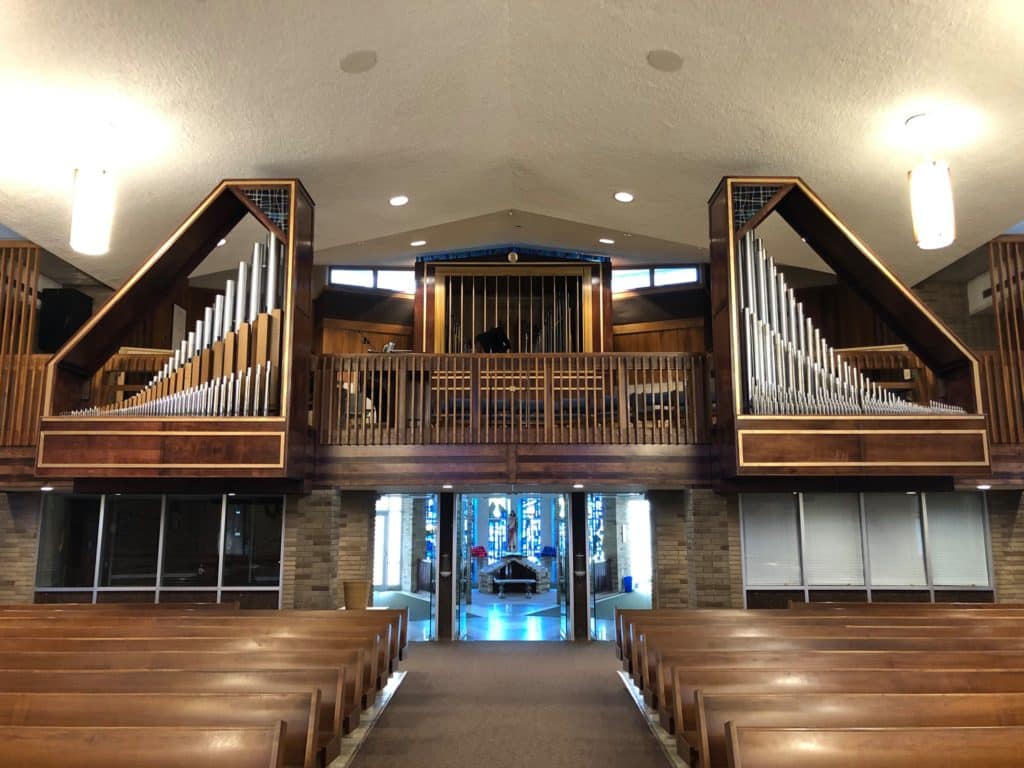
St. Joseph Catholic Church, Strongsville, OH
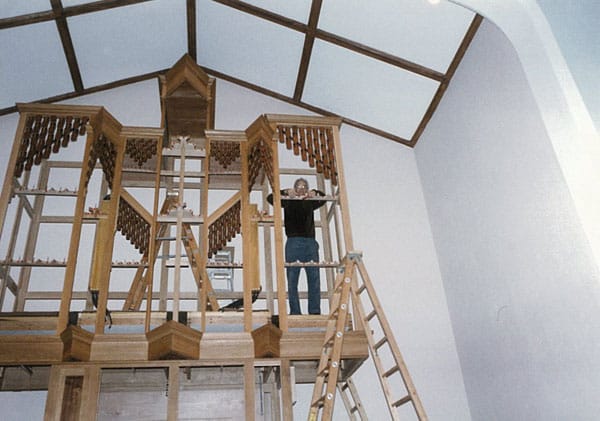
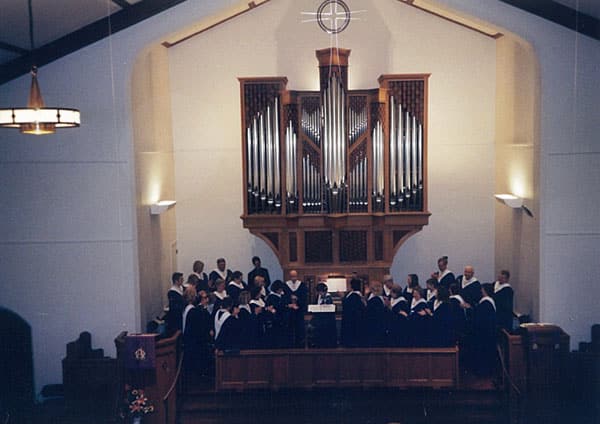
Stop List
- Bourdon 16′
- Prestant 8′
- Roerfluit 4′
- Octaaf 4′
- Quint 2 2/3′
- Octaaf 2′
- Terts 1 3/5′
- Mixtuur IV
- Trompet 8′
- Holpijp 8′
- Fluit 4′
- Prestant 2′
- Cymbel III
- Regaal 8′
- Subbas 16′
- Octaafbas 8′
- Bazuin 16′
- Swell to Great
- Great to Pedal
- Swell to Pedal
First Presbyterian Church, Bowling Green, Ohio
Concern over the condition of the former 1922 Skinner organ prompted the Session in 1970 to seek outside advice. Three consultants working entirely independently of each other, submitted evaluations which concurred that the organ’s tonal design, placement within the sanctuary and physical condition did not merit any major revision or repair. Consultants were Dr. Fenner Douglas, Professor of Organ, Oberlin College Conservatory of Music; Dr. Homer Blanchard, Ohio Wesleyan University; and Kurt F. Ruhland, The Ruhland Organ Co. Cleveland OH. Both Drs. Fenner and Blanchard recommended investigation of a new instrument, free standing and more varied in tonal resources than the Skinner Organ, and one with tracker action.
Session had started an organ fund in 1968 with money from bequests and funds from the congregations 125th anniversary celebration in 1980. On November 2, 1980 a committee was established to set goals, timetables, and raise funds to acquire a new sanctuary organ. The committee reviewed the recommendations of the consultants and established specifications for the new instrument. Bids were solicited from 10 organ builders and selected John Leek’s bid from among them after visiting his workshop in Oberlin. In 1981 a contract was signed with Mr. Leek.
John went out of his way to secure the best components and woods for the pipe organ. 2000 board feet of white oak was obtained from Virginia which was used for the case, 25 year old black walnut was used to contrast with the oak. The walnut screen and the pipe shades covering the upper portion of the visible pipes were designed by Charles Lakofsky. The back panels and doors have white oak frames and redwood panels to make the organ a little darker in sound. The metal pipes were made in the Netherlands, with the composition of the visible pipes 75% tin and 25% lead with the concealed pipes being higher in lead content. Wooden pipes were made in Germany, with the Subbass 16′ in white pine from the German forests and the Bourdon 16′ in Honduras mahogany. The blower was imported from Switzerland. John made the keyboard using North European Beech for the frame, polished cow bone for the white keys, scribed and carved and African ebony for the black keys. Stop knobs are turned in Boxwood from Turkey, as are the decorative inlays on the music rack and panels. The organ’s 17 stops, 22 ranks and 1106 pipes were built using materials from around the world. Construction was completed and a dedication recital was held on April 21, 1985.
